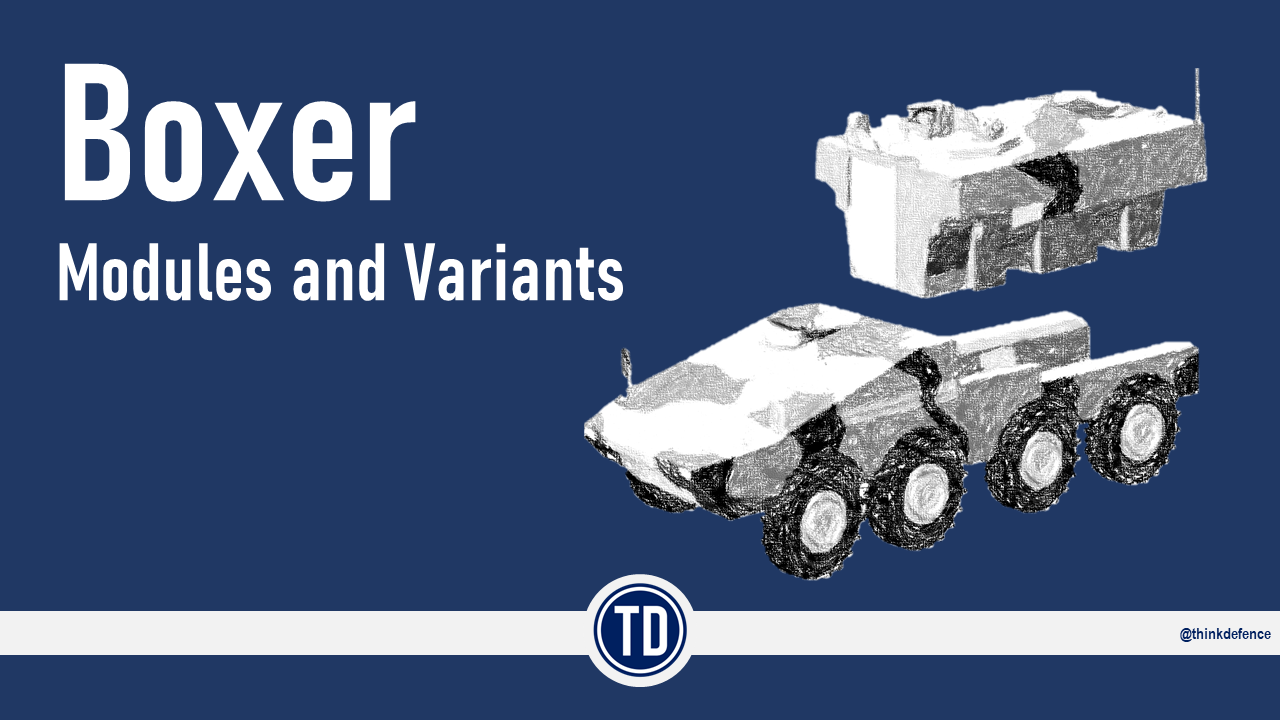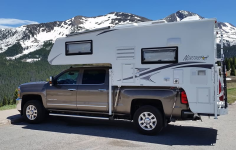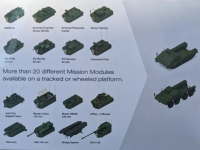FJAG
Army.ca Legend
- Reaction score
- 14,932
- Points
- 1,160
In my opinion Boxer is not the right vehicle to accompany Challenger 3. But then I have a well-know track fetish.Should Boxer be the Warrior replacement though? This is another case of the abandonment of tracked IFV?
IMHO, the whole move to the middle weight force was a solution to a problem that wasn't really there - the so called rapid deployability of light armoured forces by air. We got LAVs the Americans got Strykers. Luckily for the Americans, they kept the Bradley. Just as importantly they are replacing M113s with AMPVs. We've been forced to go for ACVS for LAV compatibility.
Unfortunately CCV wasn't a track specific project. Two final contenders were wheeled and only one tracked. That's why it died. No one could explain to the folks with their hands on the purse strings when money became tight that there was any real difference between the LAV UP which was already on the books and something like a VBCI or a Piranha V for the several billion they would cost. The CV9035 was an obvious choice but tracks weren't part of the specifications and so irrelevant. I'm simplifying the issues but there you have it. (Maybe we should have gone on with the CCV and ashcaned the TAPV






